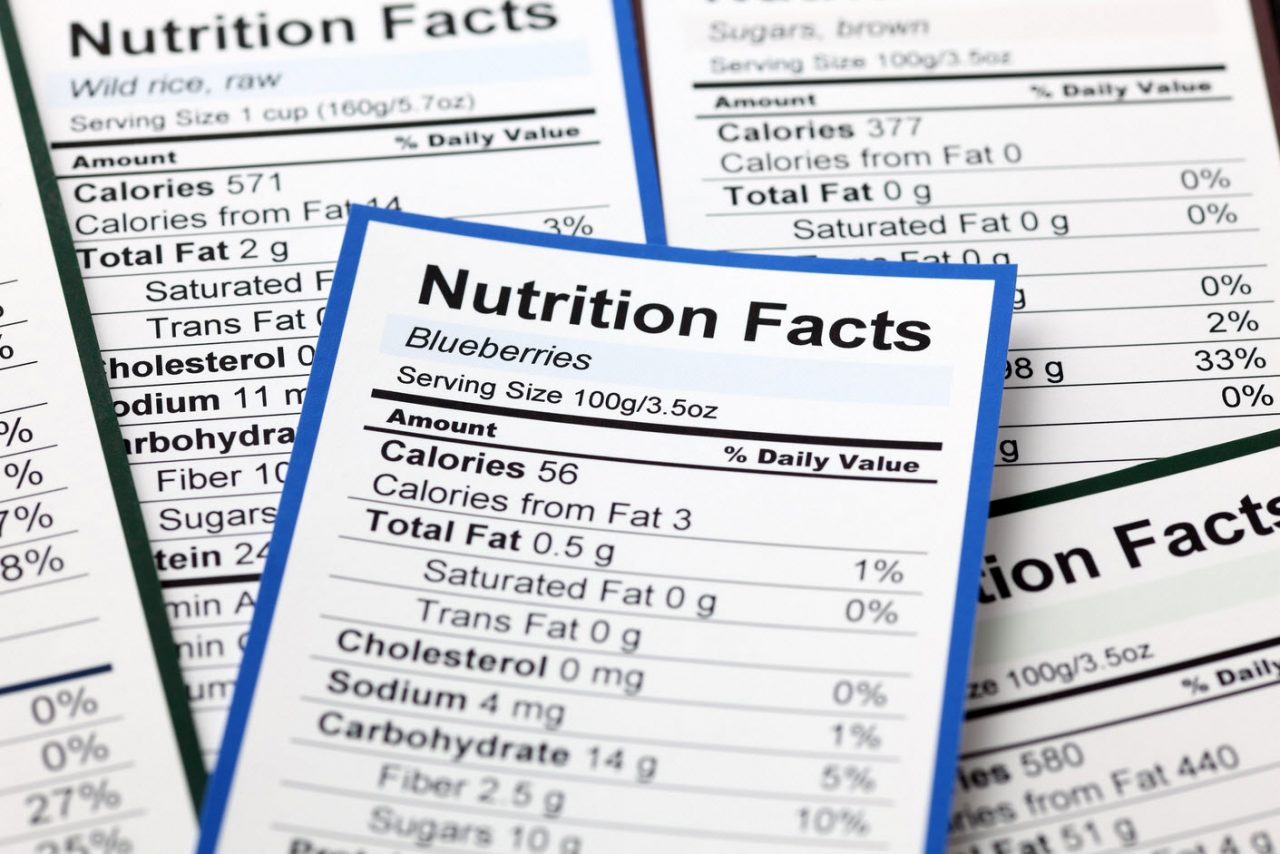If you eat fewer calories than you burn off, you will lose weight. It’s that simple. But for many people, figuring out the calorie count – and choosing calories that count – can be difficult.
Nutrition labels can be instructive for making comparisons between food options. (The bag of pistachios I’m currently munching on tells me I’m consuming 160 calories.)
As illuminating as they can be, nutrition labels are also a bit convoluted and confusing. In the case of serving size, they can also be downright sneaky.
When people look at nutrition labels, if they look at them at all, they go straight to the number of calories and the total grams of fat. What they don’t always realize is that those numbers are calculated per serving size, not per package. So while you think your potato chips contain just 160 calories (the same as my pistachios), a closer look at the label will reveal that the “serving size” is limited to 12 chips.
When was the last time you ate just 12 potato chips?
The other number people focus on is total fat. People think fat will make you fat. In truth, your body is designed to run on fat. What is important is the kind of fat you are consuming. The potato chips have 10 grams of fat per serving. Meanwhile, my pistachios have a whopping 14 grams. But if you end your comparison there, you might make the less healthy choice.
Unsaturated fat, the “good fat” that can actually improve cholesterol, accounts for 11 of the 14 grams of fat in my pistachios. Unlike my snack, potato chips don’t list any “good fat.” Trans fat and saturated fats are the fats to stay away from. They can increase your risk of diabetes, heart disease and other ailments.
Both the potato chips and the pistachios have 1.5 grams of saturated fat, which the labels will tell you is 8% of your DV. “DV” stands for “daily value,” the amount you should try not to exceed based on a diet of 2,000 calories a day. But this value is also problematic. Most adults don’t need to consume 2,000 calories a day. And if you are trying to lose weight, you likely should consume far less.
This throws off all the percentages and makes it far more difficult to choose wisely. Unless you want to break out the calculator in the supermarket aisle, a good rule of thumb, according to the FDA is that 400 calories or more per serving is considered high, and that you should limit saturated fat, trans fat, cholesterol, sodium and sugar.
Sugar is a particularly big number to look at, mainly because the number tends to be so mind-blowingly big. A few grams of sugar are OK, but things like soda, with as much as 40 grams of sugar, should be consumed rarely and only in small amounts. Processed sugar challenges your poor pancreas and leaves you feeling unsatiated.
If the sugars that you consume come from natural sources, such as the natural sugar in fruit, your body processes it slower. But don’t get fooled into thinking that fruit juice is healthy. Nobody should drink juice. Not even kids. It is a useless fluid filled with sugar and not a lot of nutrients.
Instead try eating a whole fruit and, better yet, vegetables. The dietary fiber in fruits and vegetables help slow down the processing of sugars, and every gram of dietary fiber actual counts against the total number of carbs you’re taking in. For example, my bag of pistachios boasts 8 grams of carbs and 3 grams of dietary fiber. That means I can subtract the dietary fiber from the total carbs and net 5 grams of carbs.
If you’re trying to cut down on your carbs, you just did! Meanwhile, the 15 grams of carbohydrates in the potato chips is offset by only 1 gram of dietary fiber. So that’s 14 grams of carbs in every 12 potato chips.
You probably knew that eating nuts is healthier than eating potato chips without reading a label, but the nutrition label makes if far easier to figure out why, and to make comparisons between less obviously opposed foods.
So before you dive into your next snack, take a look at the back of the packaging. Everything you need to know about whether or not you should open that bag is listed on the back.
Lauren Sweetser, M.D., is an internal medicine who works out of Hoag Health Center Aliso Viejo.



